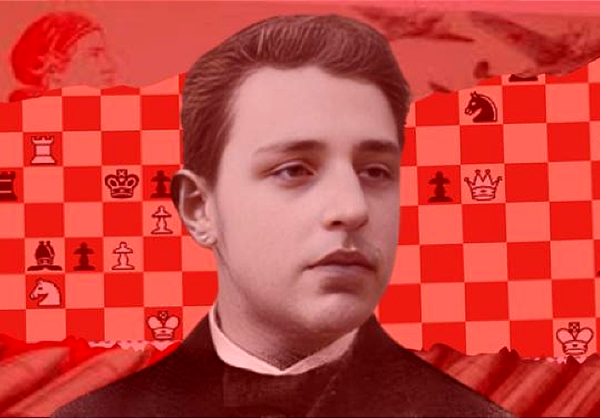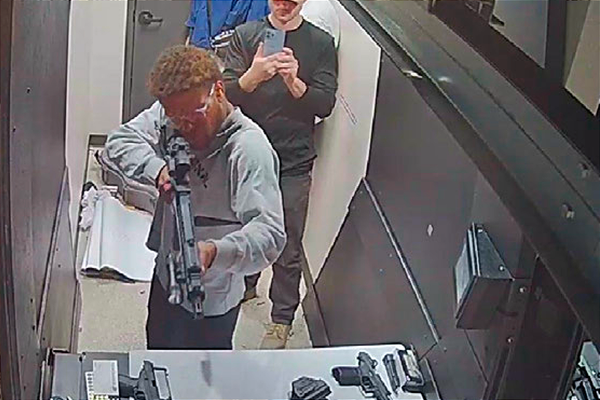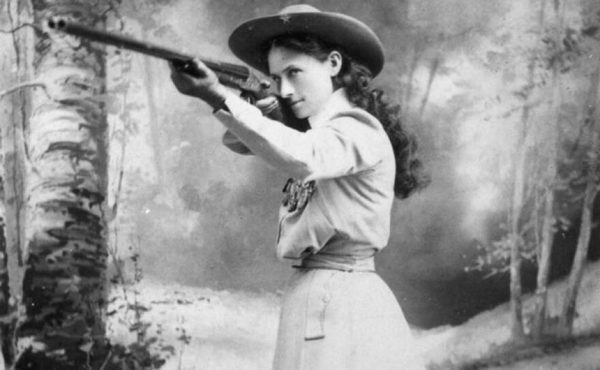How a high-school student proved a key math theorem

When Daniel Larsen was in middle school, he started designing crossword puzzles. He had to layer the hobby on top of his other interests: chess, programming, piano, violin. He twice qualified for the Scripps National Spelling Bee near Washington, D.C. He is the youngest person to publish a crossword in The New York Times, at age 13. But his latest obsession felt different – for more than a year and a half, he couldn't stop thinking about a certain math problem that has been around since the 1800s, one related to proving which numbers are prime and which are not. "His proof is really quite advanced," said one math expert who read Larsen's paper. "Any mathematician would be really proud to have written it." Larsen had just turned 17.
The world of Irish dancing hit by allegations of widespread cheating
The quaint world of Irish dancing has been rocked by allegations of competition fixing and cheating, with some parents and teachers saying there is a code of omerta akin to The Godfather and The Sopranos. The Irish Dancing Commission has appointed a former judge to investigate claims that prominent dance schools and teachers have rigged competitions, it emerged this week. It is alleged that at least 12 teachers in Ireland and other countries conspired to ensure certain dancers scored highly in international tournaments, known as feiseanna. In one case, a teacher and a competition judge appeared to be exchanging sexual favours in return for higher scores.

France returned 24 skulls to Algeria, but they were not what they seemed
When the French government returned the skulls of 24 people taken as trophies during France's brutal colonial rule of Algeria, both nations celebrated the powerful gesture as a milestone in their efforts to rebuild ties. The remains, part of one of Europe's biggest skull collections at the Musee de l'Homme in Paris, were presented by the Algerian government as "resistance fighters," national heroes in Algeria for their sacrifice in chasing out French colonizers. But documents obtained by the New York Times show that while six of the skulls returned were clearly identified as those of resistance fighters, the rest were not, or were of uncertain origin. And all have remained France's property even after being handed over.

Why some surgeons still use scalpels made of obsidian
Many modern surgeons use stainless-steel scalpels, but some have gone back to using a much older form of knife: ones made from obsidian, or volcanic glass, the kind first used in what became South America 2,500 years ago. Why? Because they cut much more finely. The cutting edge of a knife or other type of blade is measured in angstroms – the blade of a Gillette razor is about 500 angstroms, and the blade of an obsidian scalpel is more than 10 times finer than that, or about 30 angstroms. "Under a microscope, an obsidian scalpel divides individual cells in half, while steel scalpel incisions look like they were made by a chainsaw," says Dr. Adam Smith of the Rocky Mountain Brain and Spine Institute.

Some people really are mosquito magnets
Mosquitoes don't attack everyone equally. Scientists have known for some time that they are drawn to people at varying rates, but they have struggled to explain what makes certain people "mosquito magnets," while others get off bite-free. In a new paper published on October 18 in the journal Cell, researchers suggest that certain body odors are the deciding factor. Every person has a unique scent profile made up of different chemical compounds, and the researchers found that mosquitoes were most drawn to people whose skin produces high levels of carboxylic acids. They also found that this effect remained steady over time, regardless of changes in diet or grooming habits.

World leaders who suffered from serious drug addictions
John F. Kennedy is seen as a great president, but he was also often heavily medicated. Some of the drugs were legal pharmaceuticals used to treat physical ailments, including back problems from wounds suffered in World War II and Addison's disease, which required steroids. To counter the drowsiness that was one of the side effects, JFK took amphetamines provided by a doctor whose nickname was "Dr. Feelgood." Hermann Goering, Hitler's second-in-command, developed an addiction to morphine, followed by para-codeine, a morphine substitute. By the end of the war he was taking up to 100 pills a day, and when he was captured he had a suitcase with more than 20,000 pills in it.

He was offered the Fields medal and $1M and turned them both down
The story of Grigori Perelman, the man who solved the the Poincaré Conjecture, a problem that took a century for mathematicians to solve. He was offered the prestigious Fields medal and $1,000,000 and he declined both [read more: https://t.co/7CsHjgCpKk] pic.twitter.com/PGeTxY80Ja
— Massimo (@Rainmaker1973) October 17, 2022



